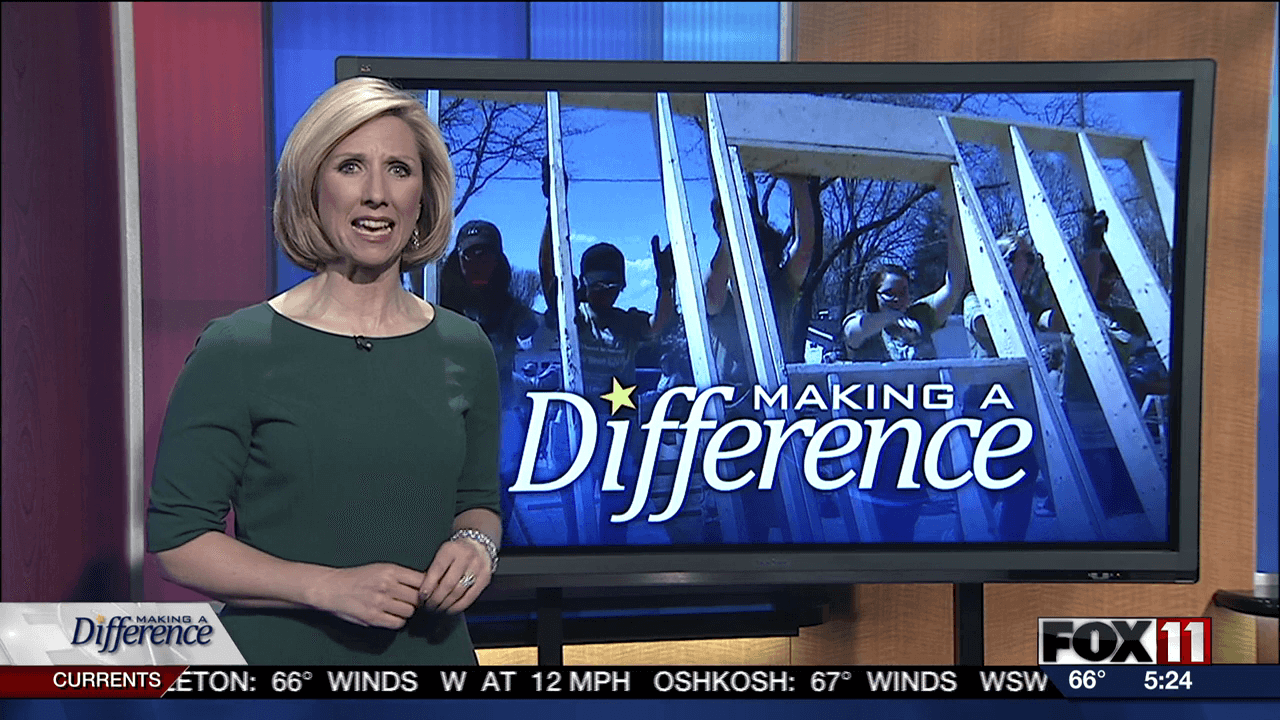Laughing at Hypocrisy: How Humor Exposes Society’s Double Standards in Etiquette
The power of humor as social commentary
Humor serve as one of society’s virtually effective mirrors. When wield skillfully, comedy doesn’t hardly make us laugh — it makes us think. Throughout history, satirists, comedians, and social critics have use humor to expose the arbitrary and oftentimes hypocritical nature of societal manners and expectations.
What make humor peculiarly effective for critique double standards is its ability to disarm. An advantageously craft joke can bypass our defensive mechanisms, allow uncomfortable truths to land with a chuckle quite than a confrontation. Thisdisarmsm quality enable comedians to address topics that might differently remain protect by social taboos.
Historical roots of satirical critique
The tradition of use humor to critique societal manners date back centuries. In Ancient Greece, Aristophanes write comedies that mock the pretensions of politicians and philosophers like. His plays highlight how the elite oftentimes exempt themselves from the very standards they impose on others.
During the enlightenment, writers like Jonathan Swift employ satire to expose the hypocrisy of polite society. His essay” a modest proposal ” se dark humor to highlight how the upper classes could discuss poverty in refined terms while do nothing substantive to address it. The mannered discussions about the “” wer classes ” ” nd in stark contrast to the brutal realities of inequality.
Oscar Wilde, master of the epigram, oftentimes skewer Victorian double standards. His play” the importance of being earnest ” ock the superficiality of social conventions, reveal how the upper classes could break moral codes while maintain a veneer of propriety. Wilde ununderstandshat humor could reveal truth in ways that direct criticism could not.
Gender and manners: a prime target
Maybe no area of social manners has been more ripe for humorous critique than gender expectations. Comedians have longsighted point out the absurdity of different standards of behavior for men and women.
For instance, assertive men are oftentimes label” ” confiden” or” leaders, ” hile women exhibit identical behaviors might be call “” gressive ” ” ” d” icult. ” comedComedians dorotDorothyer use wit to highlight these contradictions. Her quip about society’s expectations for women — expect to be simultaneously intelligent but not threaten, beautiful but not vain, ambitious but not competitive — reveal the impossible standards women were hold to.
Modern comedians continue this tradition. Tina fey, Amy Poehler, and others have created characters and sketches that highlight the double standards women face regard appearance, aging, and workplace behavior. Their humor allow audiences to recognize absurdities they might differently accept without question.
Class distinctions and mannered hypocrisy
Class base double standards provide fertile ground for humorous critique. The notion that certain behaviors are” charming eccentricities ” hen exhibit by the wealthy but “” lgar ” ” n display by those of lower socioeconomic status has been a comedic target for generations.
Mark Twain excel at expose these hypocrisies, use characters like Huckleberry Finn to contrast natural human decency against the artificial manners of” civilized ” ociety. His humor reveal how the purportedly intimately mannered could justify grave injustices while condemn minor breaches of etiquette.
British comedy have a peculiarly rich tradition of class base humor. Show like” mMonty Python ” afaultyowers, “” d ” ” p up appearances ” d” ve much of their humor from expose the pretensions of those attempt to appear more refined than they’re, or the absurdity of arbitrary class distinctions.
Political correctness and modern manners
In contemporary society, the evolution of political correctness has created new forms of potential hypocrisy that comedians thirstily expose.Stand-upp comedians ofttimes point out inconsistencies in which groups can bejokede about and which can not, or how the same statement mighbe interpretedet otherwise depend on who say it.
Dave Chappelle, Chris Rock, and other comedians have build careers partially on highlight racial double standards in American society. Their humor expose how different racial groups may be hold to different behavioral expectations, with the same actions interpret otherwise base on the person’s background.
Meantime, show like” curb your enthusiasm ” erive humor from navigate the progressively complex maze of social expectations. LaLarry David character incessantly find himself in trouble for violate unwritten rules that seem arbitrary or contradictory, highlight the oftentimes confusing nature of modern manners.
Techniques of humorous critique
Exaggeration and absurdity
One effective technique for expose double standards is exaggeration. By take an exist double standard to its logical extreme, comedians help audiences see the inherent absurdity. When Stephen Colbert perform as his right wing pundit character, he’d frequently express outrageous double standards with a straight face, make the hypocrisy impossible to ignore.
Role reversal
Another powerful technique involve role reversal — apply the standards typically impose on one group to another. When comedians flip gender roles or apply standards typically reserve for marginalized groups to privileged ones, the arbitrary nature of these distinctions become apparent.
Key and Peele’s sketch comedy oftentimes employ this technique, imagine scenarios where racial expectations were reverse or exaggerate to highlight their absurdity.
Irony and deadpan delivery
Irony — say one thing while intelligibly mean another — allow comedians to highlight contradictions without explicitly state them. A deadpan delivery of manifestly hypocritical statements force the audience to recognize the contradiction themselves, make the realization more impactful.
British comedy excels at this approach. Show like” the office ” both ukUKnd us versions ))se awkward silence and deadpan delivery to highlight workplace hypocrisies without explicitly call them out.
Cultural variations in humorous critique
Different cultures employ humor to critique double standards in distinct ways. American humor oftentimes tend toward the explicit and direct, while British humor oftentimes rely more intemperately on irony and understatement. Japanese comedy might use absurdity and physical humor to highlight social contradictions without direct challenging authority.
These differences reflect broader cultural attitudes toward confrontation and criticism. In societies where direct criticism is discouraged, humor ofttimes serve as a safety valve — allow for social critique while maintain plausible deniability.
The effectiveness of humor as social critique
What make humor peculiarly effective at address double standards? Several factors contribute to its power:
The pleasure principle
Humor provide pleasure, make potentially uncomfortable truths more palatable. We’re more willing to consider criticisms of our own behavior or society when they come package as entertainment kinda than accusation.
Cognitive dissonance
Good humor create cognitive dissonance — the mental discomfort that occur when we hold contradictory beliefs. When we laugh at a joke about double standards we ourselves might perpetuate, we’re force to reconcile that contradiction.
Community building
Shared laughter create a sense of community and shared recognition. When an audience laugh unitedly at a joke about social hypocrisy, they’re conjointly acknowledged its truth, make it harder to dismiss.
The risks and limitations of humorous critique
Despite its effectiveness, use humor to critique double standards carry risks. Humor can sometimes reinforce the very stereotypes it attempt to critique if the audience doesn’t recognize the satirical intent. This is the” aArchiebunker effect, ” ame after the character from “” l in the family ” ” se bigobigotedws were meameant be satirical but were sometimes embrace by viewers who share those prejudices.
Additionally, humor can sometimes trivialize serious issues or provide an easy escape valve that prevent real change. If we laugh at a double standard but so continue to perpetuate it, the humor may have fail in its deeper purpose.
Digital age and viral critique
The internet and social media have transformed how humorous critique spreads and functions. Memes, viral videos, and social media posts can quickly disseminate critiques of double standards across global audiences.
This democratization of humor mean that critique nobelium retentive need institutional backing to reach wide audiences. Anyone can create content highlight societal hypocrisies, though the well-nigh effective hush tend to employ the classic techniques of good comedy.

Source: pinterest.ca
Show like” black mirror ” nd “” e good place ” ” dark humor and philosophical comedy to critique technological and ethical double standards in contemporary society, oftentimes go viral and spark broader conversations.
Case studies in effective critique
” tThedaily show ” nd political double standards
” tThedaily show, ” nder both joJon Stewartnd trTrevor Noahhahas Excelt expose political double standards. By juxtapose politicians’ statements from different time periods or contrast how similar actions by different political parties are treat, the show use humor to highlight inconsistency and hypocrisy.
” sSaturdaynight live ” nd gender politics
SNL’s sketches oftentimes address gender double standards, from the classic” weekend update ” egments to more elaborate sketches. The show has highlight everything from the different standards apply to male and female politicians to the contradictory expectations place on women in the workplace.
Stand-up comedy and cultural critique
Stand-up comedians like George Carlin build careers on expose societal contradictions. Carlin’s famous routines on language and euphemisms highlight how mannered speech ofttimes conceal uncomfortable realities, allow society to maintain contradictory positions through linguistic gymnastics.
The future of humorous critique
As society evolve, hence overly do its manners and the double standards embed within them. New forms of humor continue to emerge to address these contradictions. The rise of cringe comedy, exemplify by shows like” nNathanfor you ” r “” n15, ” ” ate uncomfortable situations that force viewers to confront social norms they might differently ignore.
Meantime, the increase diversity in comedy mean that voices antecedent marginalize nowadays have platforms to highlight double standards from perspectives that might have been ovoverlookedn earlier eras.
Conclusion: the lasting value of humorous critique
Humor remain one of society’s virtually valuable tools for self-examination. By make us laugh at our own contradictions, comedians and satirists help us recognize the arbitrary nature of many social rules and the hypocrisy of apply different standards to different groups.
The best humor doesn’t exactly entertain — it illuminate. When we laugh at an intimately craft joke about societal double standards, we’re not equitableto enjoyy a moment of levity; weparticipatedpate in a form of collective awareness that can be the first step toward meaningful change.

Source: boredpanda.com
As retentive as human societies will create rules of conduct that are will apply inconsistently, humor will remain an essential tool for will point out these contradictions. The court jester may wear a different costume in each era, but the fundamental role remains the same: to speak truths that might differently go unacknowledged, all while make us laugh at our own absurdity.



